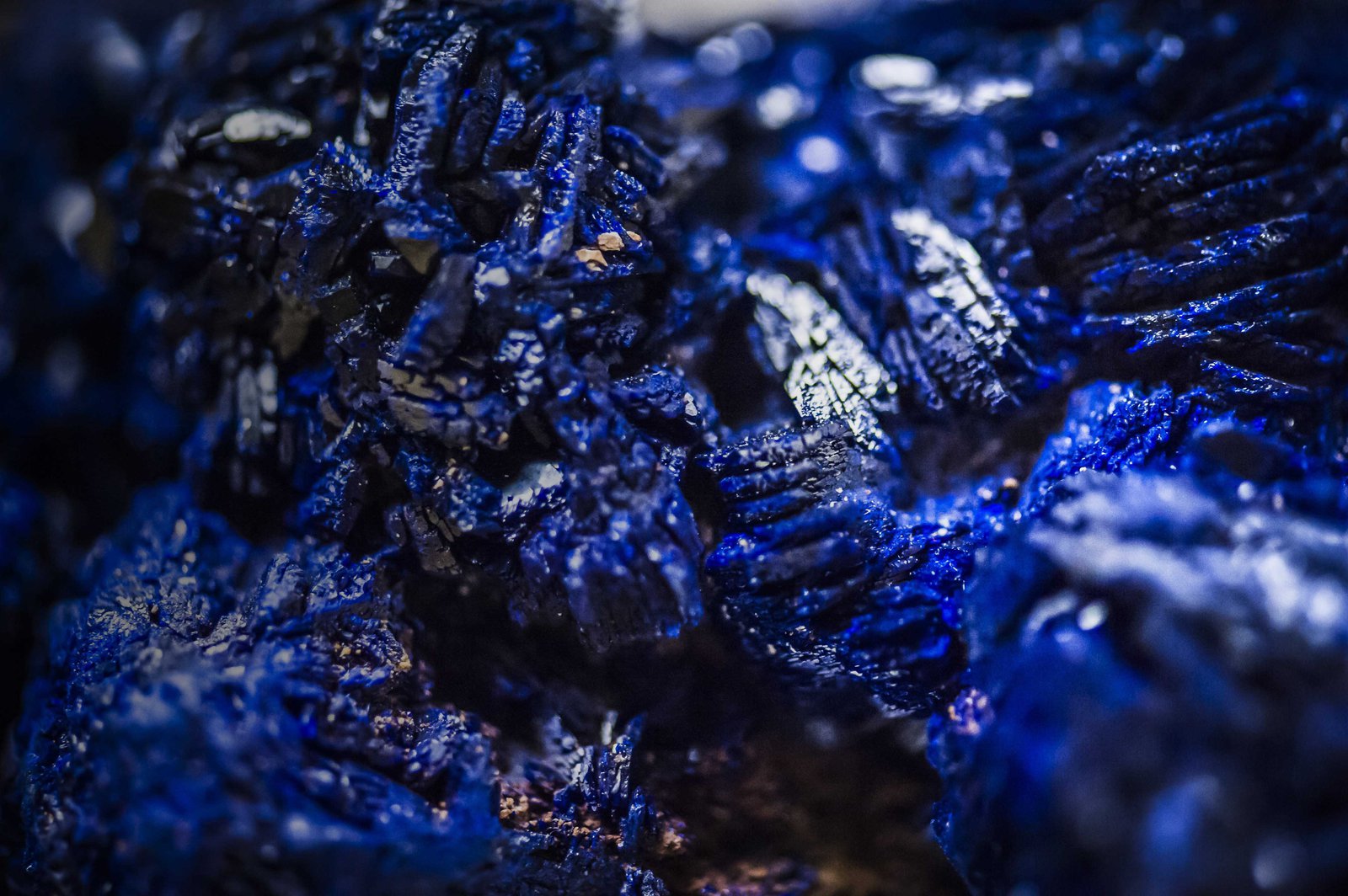What are minerals?
Minerals are the building blocks of our planet. Discover what they reveal about the history of Earth and our solar system and what makes them so essential to our existence.

Minerals: Earth’s building blocks
Everything around you is formed from chemical elements, or substances made up of only one kind of atom. There are 118 identified elements, of which 94 are natural and the rest are human-made. Most of these elements are found combined with other elements as chemical compounds.
Minerals are naturally occurring elements or compounds. Most are inorganic solids (apart from liquid mercury and a few organic minerals) and defined by their chemical composition and crystal structure.
By weight, 99.5 per cent of minerals are formed from only 12 of the natural elements. Clearly, some elements are far more common than others. The same goes for minerals. Of the 5800 or so known minerals, only 10 make up 95 per cent of the Earth’s crust.
From elements to minerals
Some minerals are only made up of one element – we call these minerals ‘native elements’. They include metals, gemstones, simple ores and the only liquid metal mineral, mercury. Some, like gold, only combine with a small number of other elements.
Others, like sulphur, can combine readily with other elements, but also form alone under special chemical conditions. Some metallic elements mix easily with each other and are called alloys. An example of a natural alloy is osmiridium, which is made of two rare elements osmium and iridium.
What mineral is that?
Mineral identification
There are over 5800 different minerals. Each mineral is classified by both its chemical composition (the elements from which it is formed) and crystal structure (the pattern the atoms form when they lock together). Graphite and diamond are made of the same element, carbon, but have different crystal shapes so are different minerals.
The unique chemical composition and crystal structure affect a mineral’s physical properties such as colour, hardness, density, or how it breaks or reflects light. Testing for these properties helps identify an unknown mineral. Sometimes, complex tests are needed such as magnetism, radioactivity, acidic reaction or x-rays. Minerals of the same species, such as quartz, all have the same x-ray pattern, although they may look quite different.
How to classify and identify minerals
Human senses
We can identify some minerals using our senses. For instance, talc feels soapy, some clays have distinctive smells and salt has certain taste. Talc is the softest of the minerals, measuring 1 on Mohs Hardness Scale.
Mohs Hardness Scale
Hardness is measured by scratching a mineral against ten standard minerals and other common objects. The table below indicates the accepted standard of the comparative hardness of minerals, ranging from the softest (talc) to the hardest (diamond).
| Hardness | Mineral |
|---|---|
| 1 | Talc |
| 2 | Gypsum |
| 3 | Calcite |
| 4 | Fluorite |
| 5 | Apatite |
| 6 | Orthoclase |
| 7 | Quartz |
| 8 | Topaz |
| 9 | Corundum |
| 10 | Diamond |
Weight and density
Different minerals with the same volume can have different weights. This is because their weight depends on that of their elements and their density (how closely they are packed together).
Density is measured by the relative weight of the item to water and is referred to as its specific gravity (SG). Specific gravity is one of the most important, constant and quantifiable properties of a mineral.
Magnetism
Magnetism occurs in iron-rich minerals. Magnetite is one of the most magnetic minerals. You can see for yourself how it is attracted to a magnet, but it can also be a magnet itself.
Crystal structure
Graphite and diamond are both made of carbon but have different crystal structures. This makes them different minerals. The bonds between each layer of graphite’s carbon atoms are weak, giving it a soft character and allowing us to write with it.
The bonds holding diamond’s carbon atoms together are interlocking giving it great strength and making it the hardest natural substance known.
Colour and streak
Some minerals are always the same colour; malachite is green because copper is its main element. Other minerals can have many colours because of impurities or faults in their structure. Ruby and sapphire are both the same mineral, corundum, which is colourless when pure. The red in ruby comes from traces of chromium. The blue in sapphire comes from traces of iron and titanium.
Though a mineral may appear in several colours its powdered form is always the same and is a useful identity test. Rubbing a mineral across an unglazed ceramic plate creates a powdered streak.
Lustre
Lustre describes how light reflects off the surface of a mineral. There are special terms to describe the lustre of a mineral, starting with metallic and non-metallic.
Tenacity
Tenacity is the mineral’s reaction to pressure. Most minerals are brittle and shatter when hit. Others may be easy to cut, flatten, bend or can spring back.
Cleavage and fracture
The way a mineral breaks is due to its molecular structure. Cleavage refers to a break that is along flat planes, with smooth, even splits. Fracture refers to breaks that are not flat or even. Most minerals exhibit fracture, but not all exhibit cleavage.
More about minerals
How do minerals form?
Man made minerals
Minerals and rocks















